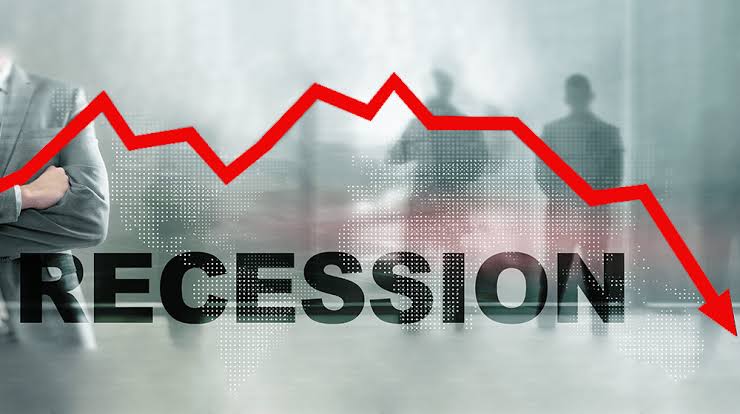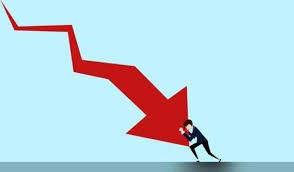A Closer Look at the Latest Recession News: 2023
Introduction:
In recent times, the global economic landscape has faced unprecedented challenges, with the looming specter of a recession casting its shadow across various industries. As nations grapple with the aftermath of the pandemic and other economic factors, staying informed about the latest developments is crucial. In this blog, we’ll delve into the current state of the economy, exploring key indicators, causes, and potential strategies for navigating these turbulent times.
Understanding the Economic Indicators:
The first step in comprehending the current economic situation is to examine key indicators. These include GDP growth rates, unemployment figures, inflation rates, and consumer spending patterns. Recently, many countries have experienced a slowdown in economic growth, coupled with rising unemployment and inflation rates. Monitoring these indicators provides valuable insights into the overall health of the economy.
Causes of the Recession:
Several factors contribute to the current economic challenges. The COVID-19 pandemic has had a profound impact, disrupting global supply chains, forcing businesses to close temporarily, and leading to widespread job losses. Additionally, geopolitical tensions, trade disputes, and fluctuations in commodity prices have added complexity to the economic landscape. Understanding these root causes helps to contextualize the challenges at hand.
Impact on Industries:
The recession has not affected all industries uniformly. While sectors like travel, hospitality, and retail have borne the brunt of economic downturns, others, such as technology and healthcare, have shown resilience. Analyzing the differential impact on various industries allows businesses and individuals to adapt their strategies accordingly. Diversification and innovation become critical elements for survival and growth.
Government Responses and Fiscal Policies:
Governments worldwide have implemented various measures to mitigate the economic impact of the recession. Fiscal stimulus packages, monetary policy adjustments, and targeted interventions aim to stabilize economies and support businesses and individuals. Also regulatory reforms and reducing bureaucratic hurdles to facilitate economic recovery, governments are implementing regulatory reforms and streamlining bureaucratic processes. These efforts aim to create a more business-friendly environment, encourage investment, and promote innovation.
Strategies for Individuals and Businesses:
In times of economic uncertainty, individuals and businesses alike must adapt their strategies to navigate challenges successfully. This may involve reassessing investment portfolios, focusing on essential expenses, exploring new revenue streams, and upskilling to remain competitive in the job market. Proactive financial planning and a nimble approach to change are crucial elements for weathering economic storms.
Global Economic Collaboration:
Given the interconnectedness of the global economy, collaboration among nations becomes paramount. Shared efforts to address trade imbalances, promote fair competition, and foster innovation can contribute to the recovery process. Monitoring international collaborations and trade agreements provides insights into potential opportunities and challenges arising from these partnerships.
Conclusion:
While the current economic landscape presents challenges, staying informed and proactive is key to navigating these uncertain times. By understanding economic indicators, identifying the root causes of the recession, and adapting strategies at both individual and business levels, we can foster resilience and position ourselves for recovery. Additionally, keeping a close eye on government responses and global economic collaborations enables us to anticipate changes and make informed decisions in an ever-evolving economic environment.





